Sadly, the age of antique timber frame barns is drawing to a close. Put simply, time, the elements, and neglect are hard on old barns. There are lots of barns for sale, but most aren’t worth saving.
At North Carolina-based Carolina Timberworks, we usually have a couple of antique timber frame barns in inventory that we couldn’t resist buying an old barn for sale. And we’ve also built brand new timber frame barns using traditional methods.
Why all the fuss about old fashioned barns? Perhaps Tedd Benson said it best when he opened a timber framing talk with these two words:
Barns resonate.
Tedd Benson
Let’s look at how old wood barns create memorable experiences—and how you can build or refurbish one of your own.
What Is a Timber Frame Barn?
A timber frame barn is a large structure built using traditional timber framing methods for agricultural and storage purposes. Well, at least that’s how they were historically used.
These days, some traditional barns have taken on new lives as gathering spaces or entertainment venues. No matter their function, however, timber frame barns are built to last—often for generations.
Timber Frame Antique Barns vs. Conventional Barns: What’s the Difference?
Known as stick framing, the conventional method of barn building requires minimal skilled labor. When you build a barn with stick framing, you build with smaller pieces of wood—typically 2x4s or 2x6s. Then you assemble the pieces with screws, nails, or other metal hardware.
To build a timber frame barn that has ample open space, you start with lots of heavy timber (mere 2x4s could never do this kind of job). Then you connect the pieces of the frame using traditional joinery methods, such as mortise and tenon.
What about post and beam barns? Aside from the joinery, they’re pretty similar to timber frame barns. Post and beam barns typically use heavy timber connected by exposed metal fasteners and steel plates, as opposed to the traditional wooden-pegged joinery in a timber frame barn.
Want to learn more about the timber elements that make this barn unique? Check out our Timber Frame Glossary for insights into key timber framing terms.
4 Traditional Barn Styles You Should Know
Whether you’re on the hunt for the perfect antique barn or you’re planning to build a brand new s barn, you’ll want to get familiar with the most common styles. Here are four to consider:
- Think of a classic barn. What kind of image do you see? There’s a good chance it’s a gambrel barn, which most closely fits the typical “classic barn” definition. This type of barn also has great storage space, thanks to its double-sloped gambrel roof.
- Another timeless style, a gable barn has a pointed roof that looks a bit like the letter A. It also features that classic barn aesthetic but generally has a bit less storage space than a gambrel barn.
- Bank barns are two-level structures built right into a hill—or a bank. The design gives you access to two levels. The main entrance at the bottom of the hill leads to the first floor, while the second-floor entrance opens to the top of the hill.
- Saltbox barns have slanted roofs and eye-catching asymmetrical profiles. You’re most likely to spot these unique designs in New England.
Barn accessories give all these styles added functionality. For example, swinging or sliding barn doors can completely transform the entrance and change the space.
Barn windows can determine light levels and define both interior and exterior aesthetics. To complete the exterior, add an original touch with a cupola or a weathervane.
Creative Uses for Timber Frame Barns
You don’t have to own a working farm to find a good use for a timber frame barn. There are countless creative ways to enjoy a new or antique barn:
- How about a timber frame party barn? This type of structure can add rustic charm to any event you host, and it’s especially popular for weddings. Did you know? Even Carolina Timberworks’ very own Eric Morley got married in a timber frame barn.
- Do you have a lot of equipment to store? A timber frame barn doubles as an oversize shed and provides ample storage space.
- Are you ready to move your workshop out of the garage or basement and into a dedicated space? If you’re a fan of building or repairing things, a barn can easily become a workspace. In a big timber shed like this, you’ll have plenty of room for tools, equipment, and much more.
- Do you want to bring a barn-inspired aesthetic into your living space? Using a timber frame barn as a cabin, bunkhouse, or carriage house is a wonderful way to capture the rustic appeal of this structure.
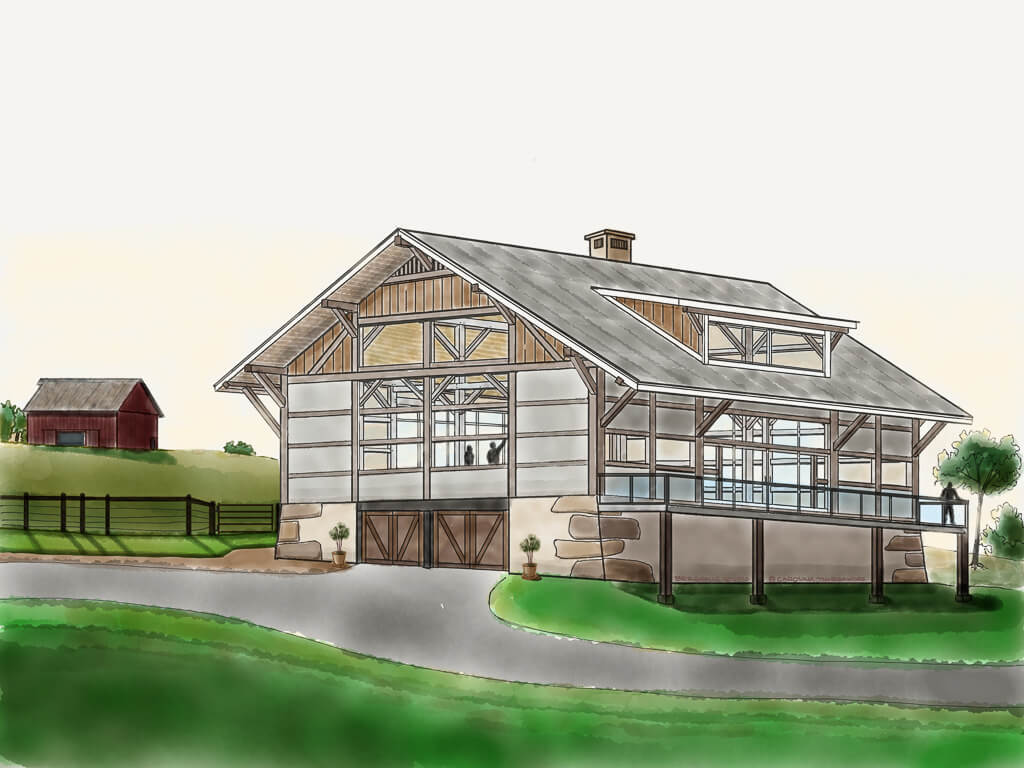
Do you own horses? Old wooden barns are perfect for creating a safe, comfortable space for horses—and these structures can come in a range of sizes to meet your needs.
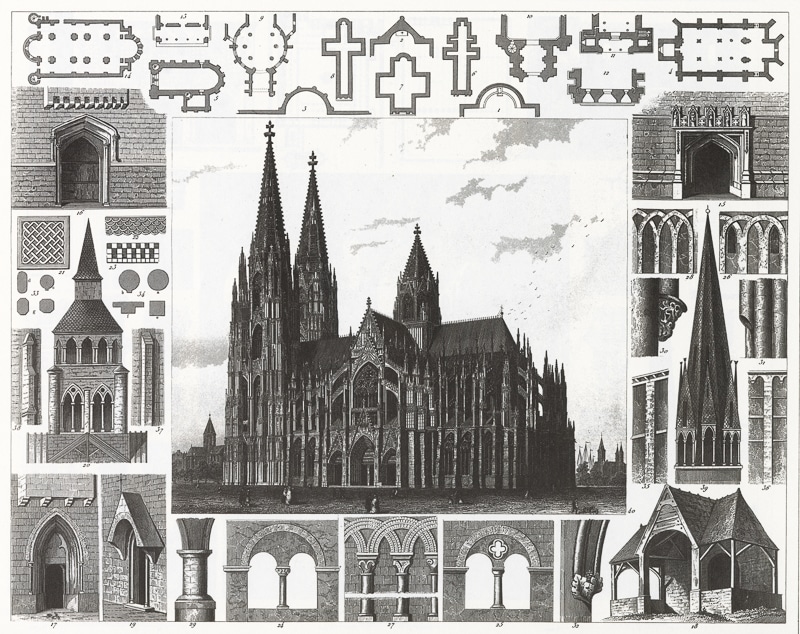
It doesn’t seem too great a leap to assume that some of our ancestors who built the great halls and cathedrals of the Middle Ages would also be charged with constructing the other great buildings of the era (barns).
Perhaps then, it’s not surprising to note how both the size and aisles of barns evoke the space and shape of a cathedral:
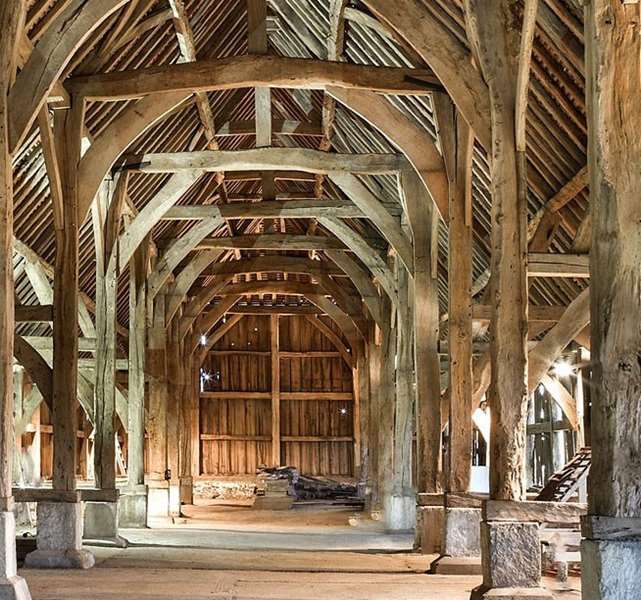
Fast forward a few hundred years, and it makes sense that immigrants to the United States would bring those skills to bear on the barns (and houses) they built on the shores and prairies of a new land.
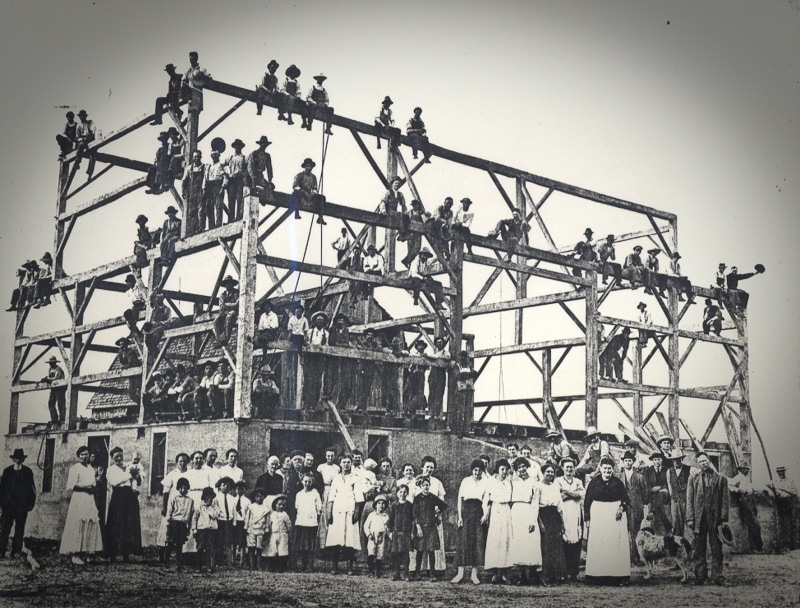
With their wide-open spaces, soaring ceilings and weathered wood, antique post-and-beam barns of centuries past are being reborn.
THE WALL STREET JOURNAL
So What Can You Do With Old Barns for Sale?
Barn projects, like their owners, vary widely…
Wedding and Event Venue Barns for Sale
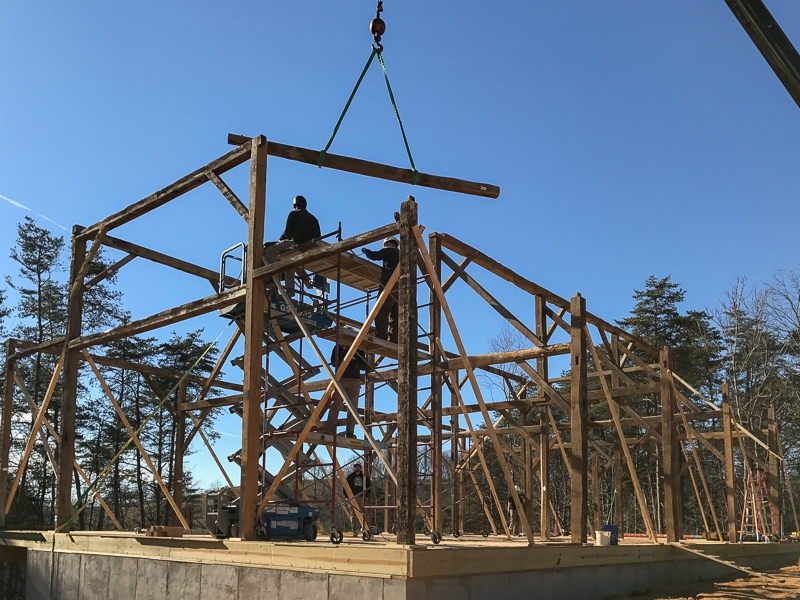
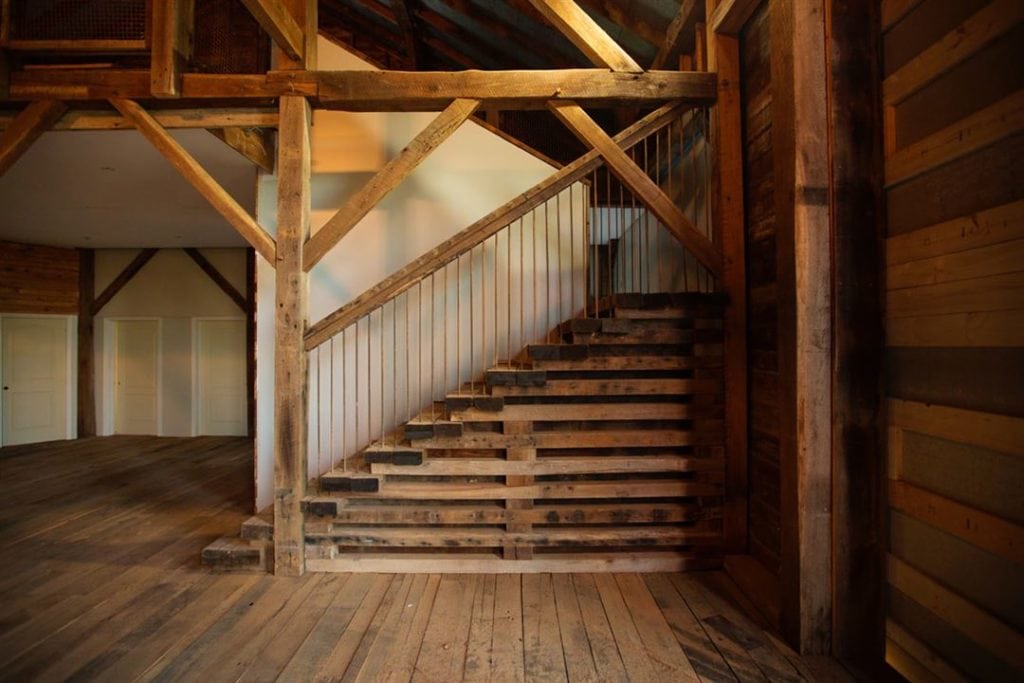
Party Barns
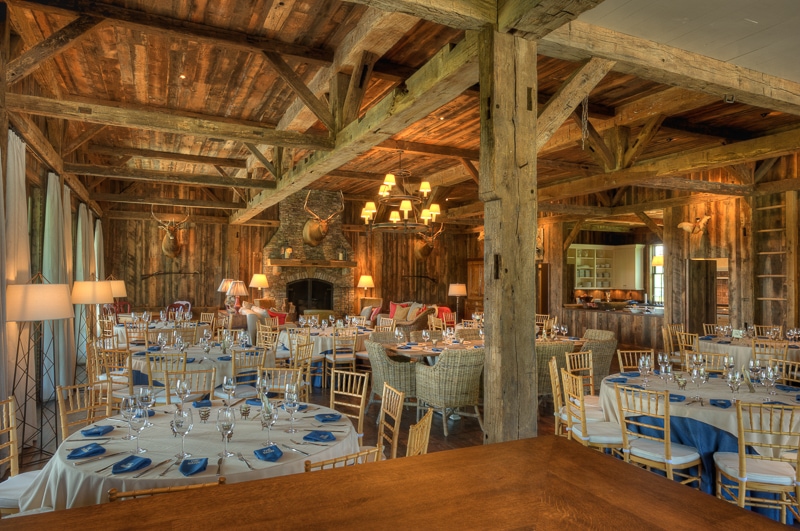
Barn Conversions
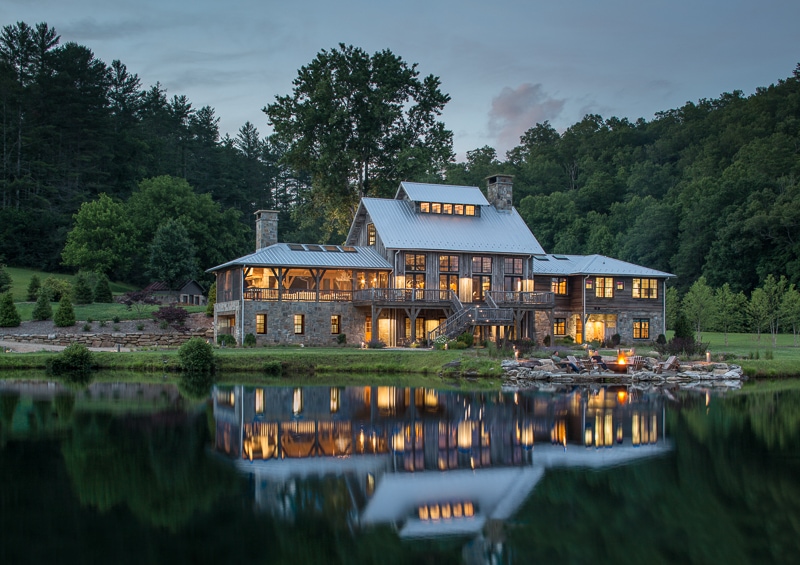
Two of Our Favorite Old Barns
All the beautiful projects above began life as old barns, much like the two structures below. There’s a certain logic to the idea that the best barns were built on the most fertile land–the idea being that these farmers were the most successful financially, and therefore had the means to build unusually nice barns (usually timber framed as opposed to nailed or bolted together).
Although we don’t have these two used barns for sale any longer, we would be happy to discuss an antique barn project with you. Have one in mind? Tell us about it, and we’ll keep an eye out for a specific size barn for you. Or talk with us about our custom timber frame barns and learn how an old style barn could create an experience that’s just as memorable.
Lancaster Barn: 26′ x 38′ 4″
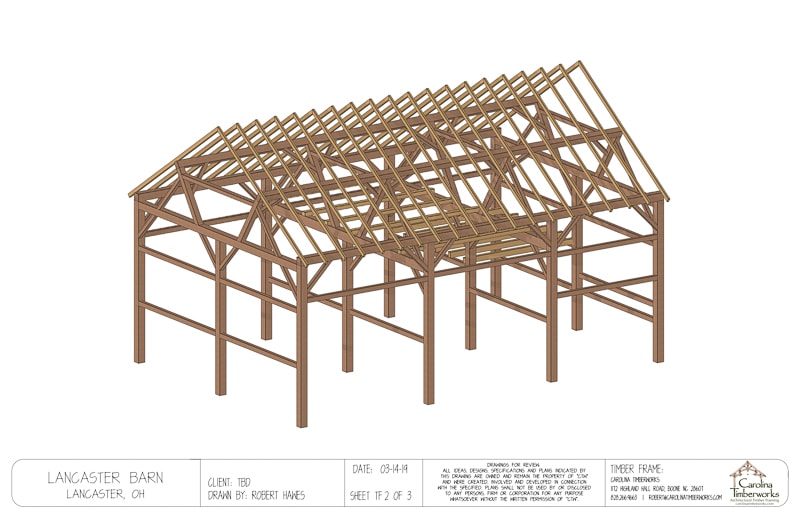
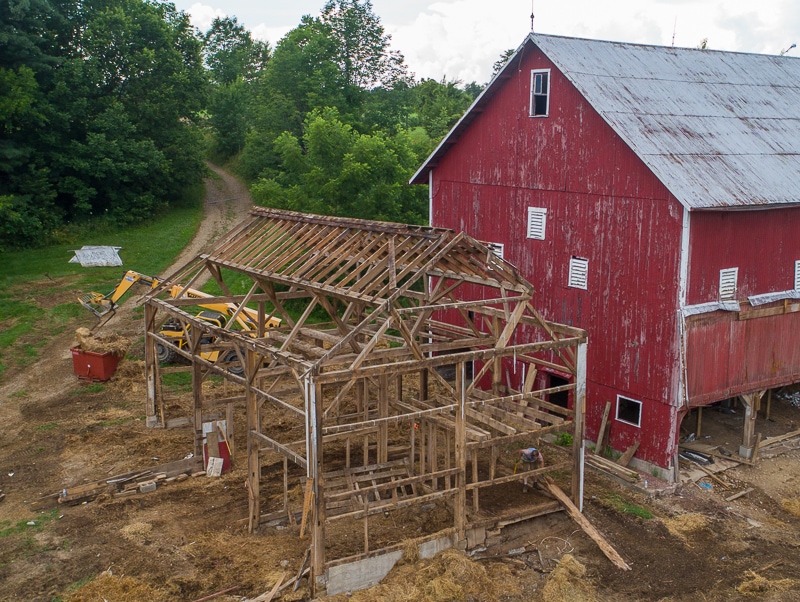
Cooper Road Barn: 40′ x 60′
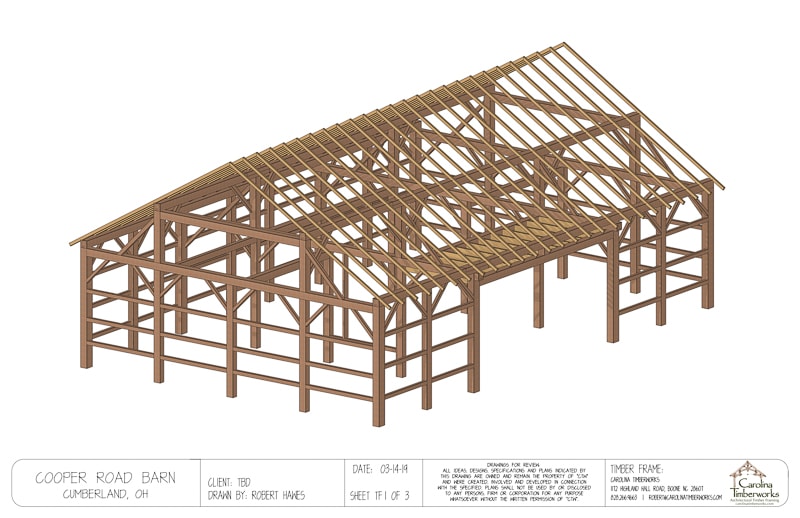
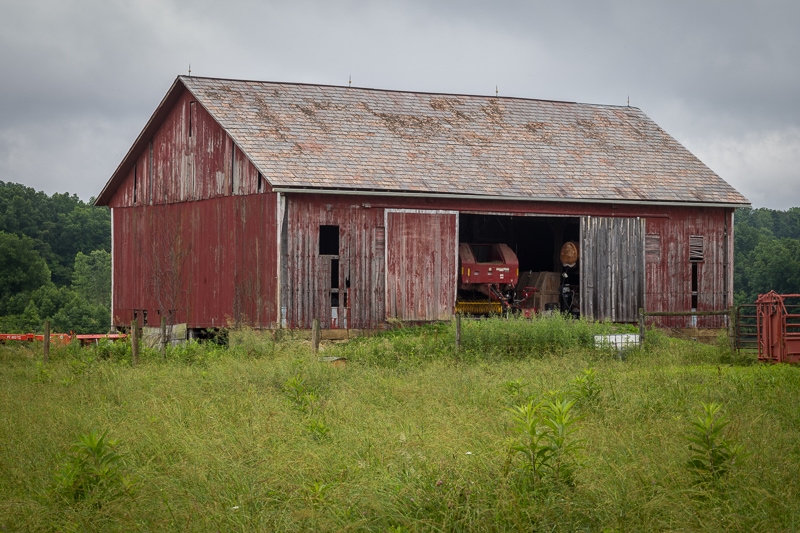

Who Buys Old Barns?
The allure of antique barns attracts a diverse group of enthusiasts and professionals:
- Homeowners seeking a property with rustic charm
- Architects and builders looking for authentic, aged timber for unique construction projects
- Collectors passionate about preserving historical structures
Many buy old barns both because of the structure and the stories and heritage they embody.
How Much Do Old Barns Sell For?
Old barns can vary greatly in cost, depending on size and condition. On average, a small barn of 30 by 30 feet or less in reasonable condition can cost around $10,000. This cost does not include the dismantling, packaging, and shipping of the barn and its materials.
Barn wood and vintage hardware can also be valuable, but the prices vary widely depending on the species and quality of the wood. Values can reach $50,000+. Old-growth barn timbers do not have a definitive value; their worth is determined by what a buyer is willing to pay.
From the aesthetic to the experience, we’re big fans of timber frame barns here at Carolina Timberworks. In fact, we’ve even refurbished a number antique barns and built “brand-new old barns”. Take a look at a few of our favorite timber frame barns in and around North Carolina, learn more about timber frame barn homes, and don’t hesitate to get in touch if you have a project in mind. We’re nice!
Pondering an antique barn project?
Call us at 828.266.9663 (we’re nice!) or email below: